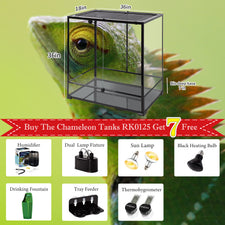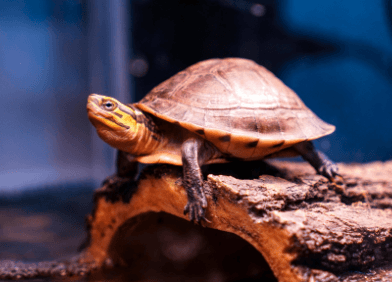How long do turtles live?
Although cultures around the world are different, there is at least one general consensus about animals, that is, turtles have a very long lifespan.
In fact, the lifespan of tortoises is not as long as imagined. It is generally believed that the lifespan of pet turtles is between 10-80 years. For example, the more common Brazilian tortoises on the market have an average lifespan of only 15-20 years in captivity. Some people live up to 30 years, though, and the longest Brazilian turtle is believed to be 67 years old.
The longest-lived tortoise alive now is an Aldabra tortoise. Under captive conditions, the Aldabra tortoise can weigh up to 110 kilograms, so the life expectancy is generally long.

Do turtles get old?
The team's findings show that ectothermic animals age at a rate and lifespan that is much higher and lower than known rates of ageing in isothermal animals, suggesting that the way an animal regulates temperature does not necessarily indicate its rate of ageing or longevity.
The protective phenotype hypothesis suggests that animals with physical or chemical characteristics that confer protection—such as armor, spines, shells, or venom—age slower and live longer. The team demonstrated that these protective traits did cause the animals to age more slowly, and in the presence of physical protection, they lived longer than animals without the protective phenotype.
What is the secret of turtle longevity?
What is the secret of tortoise's longevity? The secret of tortoise's longevity is that its metabolism is slow, and it can also slow down its circadian rhythm and enter a state of suspended animation. Cell studies have found that the reproduction number of animal fibroblasts is proportional to the animal's lifespan. Turtle cells differentiate slowly and reproduce many generations. Its fibroblasts can be cultured in vitro up to 125 generations, while human fibroblasts can only reach 50 generations.
As owners of pet turtles, we want to give them the best breeding environment, no matter whether they live long or not. The following turtle breeding guide is here for you!
What food do turtles eat?
Turtles eat a wide range of food, including rice, wheat, peas, small fish, shrimp, insects, snails, and refined pork. Among them, the favorite foods are small fish, refined pork, and corn.
In artificial feeding, in order to meet the various nutrients required for the growth of turtles and avoid poor growth and development and anorexia due to a single feed, a variety of feeds should be used, such as fish and shrimp, snails, mussels, etc. in animal feeds and plant-based feeds. Rice, wheat, corn, etc. in feed.
Note that in order for the turtle to fully digest these feeds, corn, peas, etc. must be crushed and soaked for about 2 hours before feeding the feed. Other large pieces of food must also be chopped before feeding.

Habits of turtles
1.Residence. Turtles are semi-aquatic and semi-terrestrial reptiles. Mainly inhabits rivers, lakes, reservoirs, ponds and other waters. Mostly submerged in water during the day, summer,when the sun is hot, they seek shade in groups.
2. temperament. Gentle temperament, no biting each other. When encountering an enemy or being frightened, it retracts its head, limbs and tail into its shell.
3.Diet. Turtles are omnivorous animals, with animal insects, worms, small fish, shrimp, snails, mussels, plant leaves, duckweed, melon rind, wheat grains, rice
Grain, weed seeds, etc. for food. It has a strong ability to withstand hunger, and it will not starve to death if it does not eat for several months.
4.Water temperature. Turtles are ectothermic animals. When the water temperature drops below 10℃, it will hibernate in the bottom mud or loose soil with mulch. The hibernation period is generally from November to
At the beginning of April of the following year, when the water temperature rises to 15℃, the acupuncture is active, and the water temperature is 18℃~20℃ and begins to feed.
How to Setup for turtles
- You need to choose a spacious breeding box according to the type and size of the turtle.
- It is necessary to choose certain substrate materials, such as pine bark and coconut soil, etc. It is also necessary to match certain decorations, water trays and food trays according to the preferences of the owner and the turtle.
- The rearing box needs to grasp the temperature and humidity, and the temperature and humidity meter and lamps are essential and important accessories.
Environment setting reference value: water humidity 70-90%, daytime temperature 26-30℃, night temperature 25-30℃.









